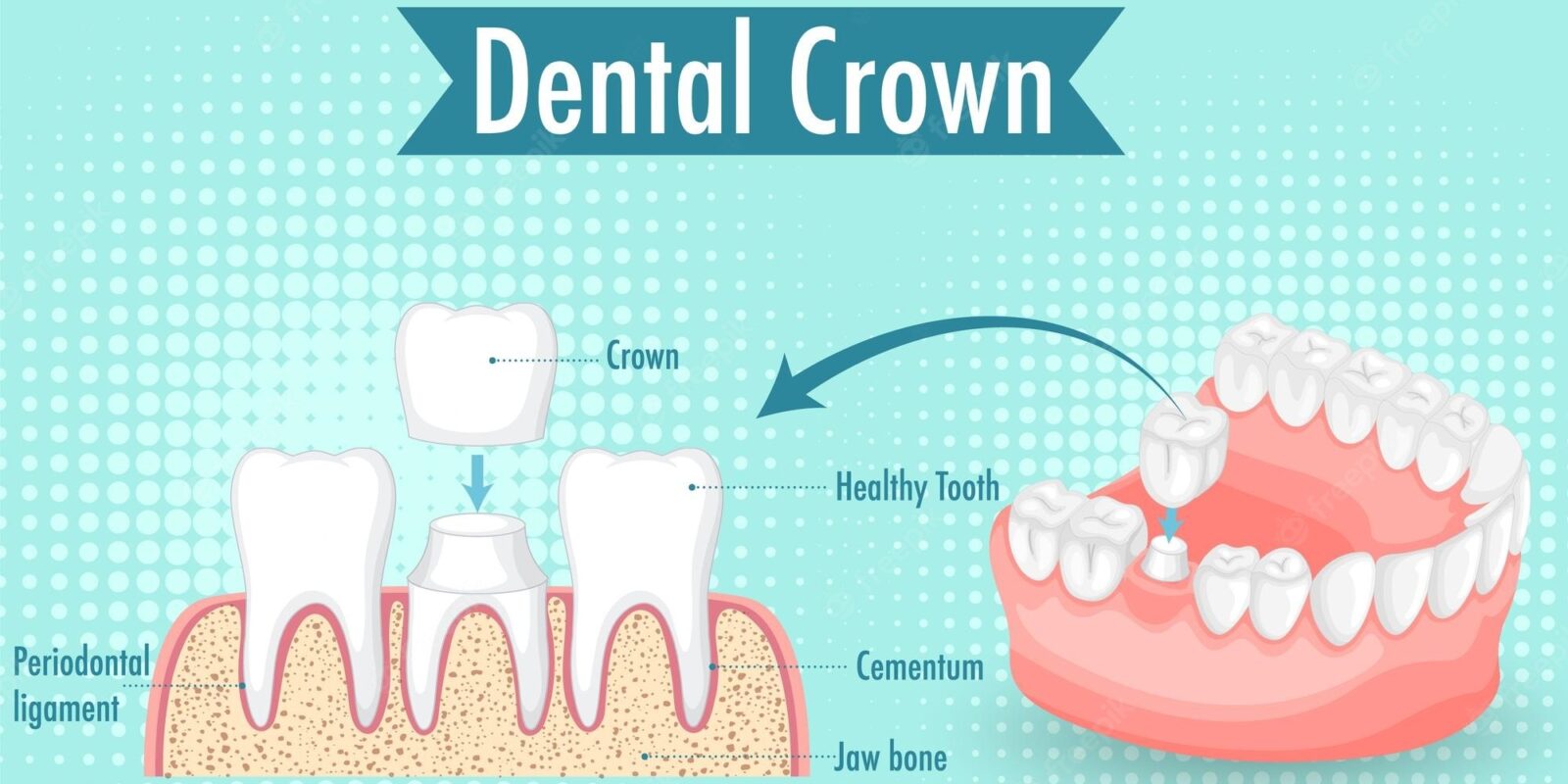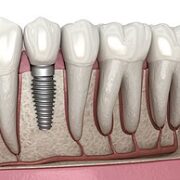Removing a crown is a delicate process that requires precision and skill. It’s important to take the necessary steps to ensure the crown is removed safely and with minimal risk of damage. This step-by-step guide provides comprehensive information on how to do it safely and easily, without damaging the crown or the surrounding teeth. It covers the preparation, the tools the dentist needs, and the techniques you can use to ensure the crown is removed without any complications. With this guide, you’ll be able to remove a crown safely and easily, so you can get back to your day with a restored smile.
Preparation of Dental Crown
Before you begin attempting to remove a crown, you need to make sure you’re ready. There are a few steps you should take before removing your crown to ensure the crown removal process goes as smoothly as possible. First, make sure your crown is removable. Some crowns can be removed, while others are permanent and must be replaced. If yours is removable, you’ll have an easier time removing it. Once you know your crown is removable, you’ll need to make sure your tooth is healthy enough to receive a crown.
Tooth decay, gum disease, and other issues could prevent your tooth from receiving a crown. Finally, you’ll want to make sure you have all the supplies you’ll need. They are generally simple to remove, but they do take a bit of time. This is especially true if you’re taking your time to ensure the crown is removed correctly. You’ll want to make sure you have all your supplies close at hand, so you can remove the crown as quickly as possible.
Tools You’ll Need to make Dental Crown
Making a dental crown requires specialized tools and equipment that are typically only available in a dental laboratory or dental office. Some of the tools that may be used in the process of making a dental crown include:
Crown remover: Such removers are the best way to remove a crown. Most individuals who decide to remove a crown use a crown remover. Crown removers may not be appropriate if the crown is not removable.
Crown scraper: It is a tool used to remove any excess gum tissue and residue from the gums and bone that surrounds a crown. You may also see this referred to as a gum remover or bone remover.
Mouth mirror: A mouth mirror is used to check for any obstructions or irregularities on the tooth and gum tissue. If a crown is not removed straight, it is possible for the crown to crack the tooth or cause other damage.

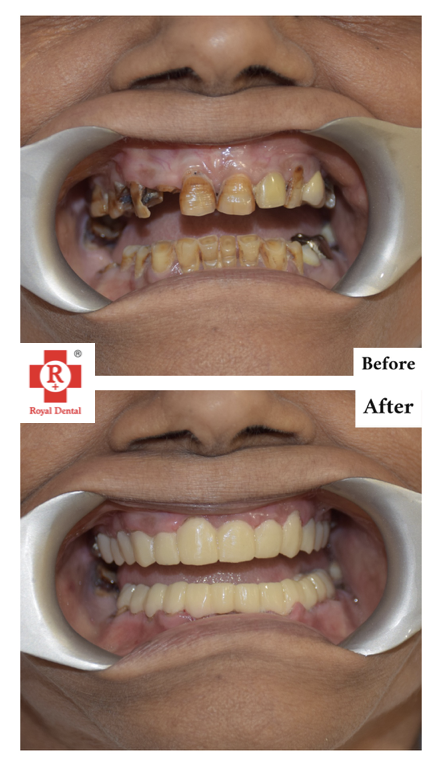
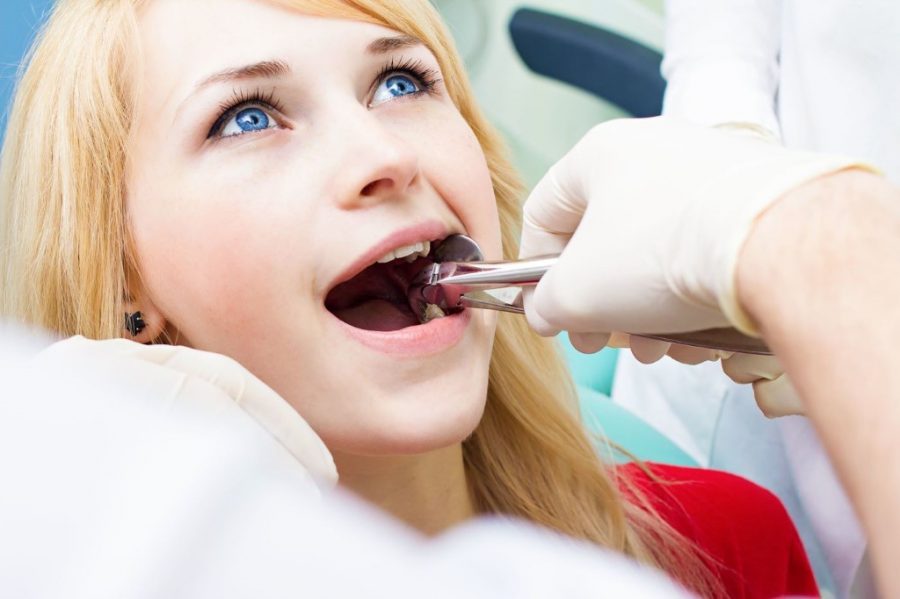
Rubber dam: A rubber dam is a small, flexible strip of rubber that is placed over the tooth to prevent the mess and mess of the extraction process.
Water bottle: The water bottle is used to dampen the tooth and lower the tooth’s temperature before the extraction process begins.
It’s important to note that making a dental crown is a highly specialized process that requires years of training and expertise. It is not something that can be done at home or without the proper equipment and training. If you need a dental crown, it’s important to consult with a qualified dentist or prosthodontist who can create a crown that fits properly and looks natural.
Tools You’ll Need to create a Dental Crown
Dental impression material and trays – used to take an impression of the patient’s tooth to create a mold.
Dental articulator – a device that is used to simulate the movement of the patient’s jaw and help the dentist create a crown that fits properly.
Mouth handpieces and burs – used to shape and contour the dental crown material.
Dental stone or plaster – used to pour the impression and create a model of the patient’s tooth.
Porcelain or other crown material – is used to create the actual crown.
Polishing and finishing tools – used to smooth and polish the crown to make it look like a natural tooth.
How To Remove a Dental Crown From a Tooth
If your crown is removable, you’ll need to know how to do it. There are a few ways, but the most common and easiest method is to use a crown retainer. A crown retainer is a device that is placed over the crown and then tightened to gently but firmly press against the tooth. This squeezes the tooth, allowing the roots of the tooth to be extracted.
A crown retainer is the best method for removing a removable crown. You can also use a crown binder. A crown binder is a device that is placed over the tooth and then secured to prevent movement. The tooth is then cut and the crown removed. Binders are best for crowns that are not removable. There are a few other methods of that are best used when the crown is not removable, but they are typically applied in the case of an emergency. These include:
Tips for Removing a Dental Crown
When removing a crown, it’s important to follow a few guidelines to ensure the crown is successfully removed: When removing a removable crown, make sure to wear gloves. This will prevent the trace amounts of bacteria from your mouth from damaging the crown and your gums. Make sure to use a mouth mirror to check for any irregularities or obstructions before removing the crown.
You may have a sharp edge on your tooth, an irregularity in the gum tissue, or other irregularities that could lead to the crown being removed incorrectly. You should also make sure to have all the supplies close at hand before beginning the extraction process. Crown extraction can be time-consuming and exhausting if you have to run back and forth between the sink and your kit with a kit that is too large or too small.
Reminders to Your Dentist: Some Ideas The Certified Oral and Maxillofacial Surgeon Dr. Chirag Chamria is available to assist. A little piece of paper with the words “reminder” or “to-do” written on it may be useful if you ever need to remind your dentist to do a certain step. This will assist them remember what has to be done.
Maintenance and Care after removing a Dental Crown
Now that your crown has been successfully removed, you’ll need to take care of it. You should always take care of your crowns, as they are the only part of your mouth that protects your teeth. Crowns can last anywhere from 10 to 20 years, but they can wear down quickly.
After a dental crown has been removed, it’s important to take proper care of the affected tooth to ensure proper healing and to prevent any further damage or infection. Here are some tips for maintaining and caring for your tooth after a crown has been removed:
✪ Avoid chewing or biting on the affected tooth until your dentist has had a chance to examine it and determine if any further treatment is necessary.
Keep the area clean by brushing and flossing regularly, being careful to avoid the area where the crown was removed. Rinse your mouth with saltwater several times a day to help prevent infection.
Proper maintenance and care after removing a dental crown are essential for ensuring good oral health and preventing any further issues. It’s important to follow your dentist’s recommendations and seek prompt treatment if you experience any pain or other symptoms.
✪ If you experience any pain or sensitivity, you can use over-the-counter pain relievers or a numbing gel to help alleviate discomfort.
If the crown was removed due to decay or damage to the underlying tooth, your dentist may recommend additional treatment such as a filling, root canal, or a new crown.
✪ If the crown was removed due to issues with the fit or quality of the crown, your dentist may recommend a new crown or a different type of dental restoration.
Follow up with your dentist as directed to ensure proper healing and to address any issues that may arise.
Dangers of Improperly Removing a Crown
Incorrectly done can lead to damage to the tooth or gums or even damage to the surrounding bones. It can also lead to a misaligned or crooked smile. This damage can be repaired, but it may be difficult or painful to correct. Here are a few ways you can do it incorrectly and cause serious damage:
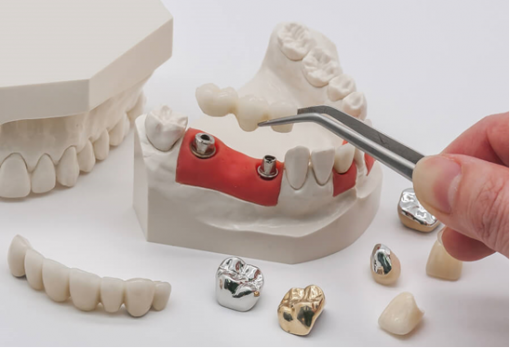
- Using Too Much Force: Crowns are usually removed with lighter pressure than an extracted tooth. Using too much force when removing a crown can cause cracking in the tooth or gum damage.
- Crushing the Tooth: If a crown is removed too forcefully, it can cause the tooth to crack or even chip.
- Cleaning Too Deep: If the tooth is too deep, the pressure may be too great and the crown may be crushed or even completely crushed.
Professional Assistance for Dental Crown Removal
If you are not able to successfully remove your crown on your own, you may want to consider having the crown removed by a dental assistant. These individuals are specially trained to safely remove and replace them with dentures. They can ensure you have a smooth, less stressful extraction process, and they can also help ensure you have all your supplies and tools handy.
Conclusion
Crowns are great, protective additions to your smile. However, they are not for everyone and may only be necessary for those who have lost all of their teeth or have had serious dental damage. If you have decided to remove your crown, make sure to follow these steps to ensure you do so safely and successfully. You’ll be glad you did, as crowns are durable, long-lasting, and protective.
© All rights reserved by Royal Dental Implants Pvt Ltd
Issued in public interest

